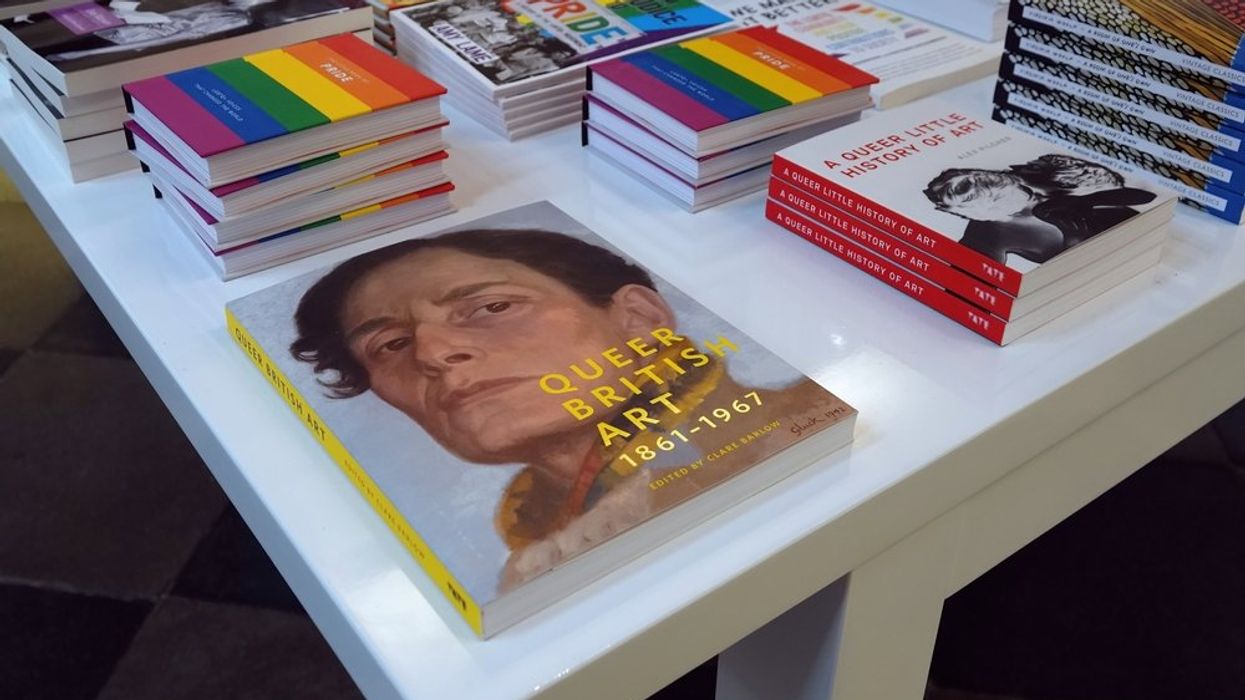Book bans in the United States are being implemented in record numbers, but new analysis reveals that something else is at an all-time high — LGBTQ+ book sales.
Published Tuesday, a report from Circana, a market research company that analyzes consumer behavior, found that between May 2022 and May 2023, 6.1 million LGBTQ+ fiction books were sold. That's an 11 percent from the previous 12-month period and a 173 percent increase since before the pandemic in 2019.
“It is important to note that the growth in LGBTQ fiction has outpaced the overall market for fiction sales, including adult, kids’, and young adult fiction combined, which remained relatively flat,” said Kristen McLean, books industry analyst at Circana, said in a press release. “This growth comes at a critical time when reports of book bans have surged, predominantly targeting books written by or about the LGBTQ community and people of color.”
Authors of LGBTQ+ subjects who saw the highest sales increase include Mo Xiang Tong Xui, Alice Oseman, Rick Riordan, Alexis Hall, and CJ Piper. The report notes that sales "span various genres, including fantasy, thrillers, science fiction, horror, and social situations," but that the biggest increase was seen in adult romance.
Over 1 million LGBTQ+ adult romance novels were sold within the past year, a "remarkable" 40 percent increase from the year before, which contributed 30 percent of the growth in LGBTQ+ subjects. The next largest genre was general adult fiction, which saw a 17 percent increase from the previous year.
According to the American Library Association, 2022 was a record year for book bans, seeing 2,571 unique titles challenged by parents, patrons, and other organizations — a 138 percent increase over 2021. 2022’s number one most-challenged title was Maia Kobabe’s Gender Queer.
“Publishers are ensuring that the transformative power of storytelling reaches a growing number of readers, regardless of their background or identity,” McLean said. “Skyrocketing sales of LGBTQ fiction not only signify a growing demand but also indicate a shift in societal attitudes toward embracing diverse narratives.”


















































